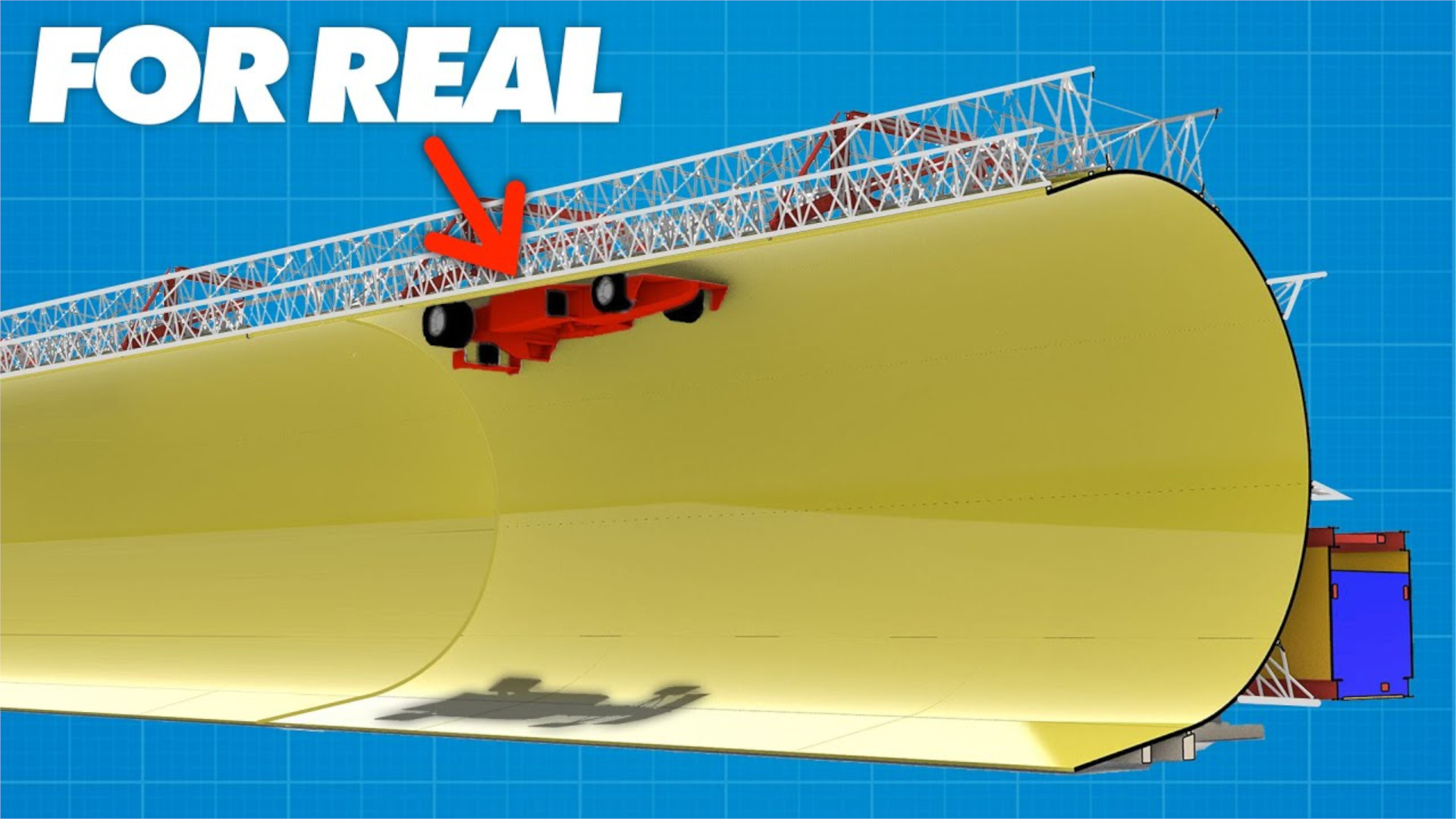

Formula 1 cars are known for their prodigious downforce that far exceeds their weight when driving at triple-digit speeds. In theory, this would allow an F1 car to drive upside down at high speed, but practical difficulties tend to prevent most people from attempting such a feat. One YouTuber has been diligently working on the problem, however, and believes he has found a way to make it happen.
Scott Mansell (no relation to F1 champ Nigel Mansell) is a former racing driver who runs a YouTube channel under the name Driver61. In his latest video, he lays out his plans to drive a Formula 1-style car upside down. Mansell isn’t talking about a simple loop stunt, either—he intends to drive upside down in a sustained fashion for more than five seconds, thanks to aerodynamic effects. Far from an idle thought exercise, Mansell has engaged a team of experts over the past few years to figure out how to make this happen in reality. As you might imagine, it’s no mean feat, and pulling it off will come with a mighty price tag. Mansell claims to have already spent hundreds of thousands of pounds in research and engineering thus far.

Driving upside down initially sounds simple. Once it’s traveling fast enough, a Formula 1 car creates more downforce than its own weight. Thus, it should be able to drive upside down, with the downforce instead sticking it to the ceiling of a tunnel or other structure. However, actually doing this in reality poses all kinds of hurdles.
Mansell notes that a modern F1 car is not actually the ideal choice for this feat. They are a lot heavier than they used to be, with minimum weights now mandated to be 1,760 pounds. An F1 car still generates multiples of this weight in downforce, of course. However, the greater the weight, the faster the speed required to overcome it with downforce. This makes the feat harder by requiring a much longer tunnel for the car to drive upside down in, among other factors.
As a safety margin, the goal is to drive upside down at a speed where the car generates double its weight in downforce. A modern F1 car would have to hit around 130 mph to achieve this, but for reasons of safety and ease, Mansell wants to drive upside down at as low a speed as possible.

Instead, Mansell looked towards the Empire Wraith. It looks like a F1 car, but it’s not. It’s a hillclimb open-wheeler built for minimum weight and maximum downforce developed by ex-F1 aerodynamicist Willem Toet, and it weighs under 700 pounds in running trim. Mansell reached out to Toet, who noted that, aerodynamically at least, inverted driving should be a simple problem to solve. Consulting to the project, Toet has so far found several improvements for the Wraith design to increase downforce further, for easier upside-down driving at lower speeds.
With the car side at least nominally sorted, Mansell had to find a tunnel suitable for the objective. The problem is that tunnels simply aren’t designed for this purpose. They typically have rough surfaces outside the roadway, and lots of lights and signage dangling from above. They’re also not designed for a car to actually drive up on the walls and onto the ceiling—especially taking into account the need for a smooth transition to retain downforce from the underbody airflow.


Instead, Mansell had a team of engineers work up a design for a tunnel-like track that would be custom-built for driving upside down. It’s made with a C-shaped channel, so that the car can be easily seen and filmed during the event. The curvature of the tunnel is specifically designed to be consistent from top to bottom, with a 24-foot diameter, allowing the car to continue generating downforce as it transitions from driving on the ground to driving on the ceiling. The tunnel will need to be approximately 0.37 miles long to allow the car to be driven upside down for a full five seconds.
On paper, everything Mansell says makes perfect sense. To actually pull it off in real life will require big money to fund the construction of a custom car and a giant tunnel structure. Mansell notes that the designs are ready to build, and he’s on the hunt for partners to help make it happen. Here’s hoping we see the aptly named Project Inversion come to fruition soon.
Got a tip? Let the author know: lewin@thedrive.com